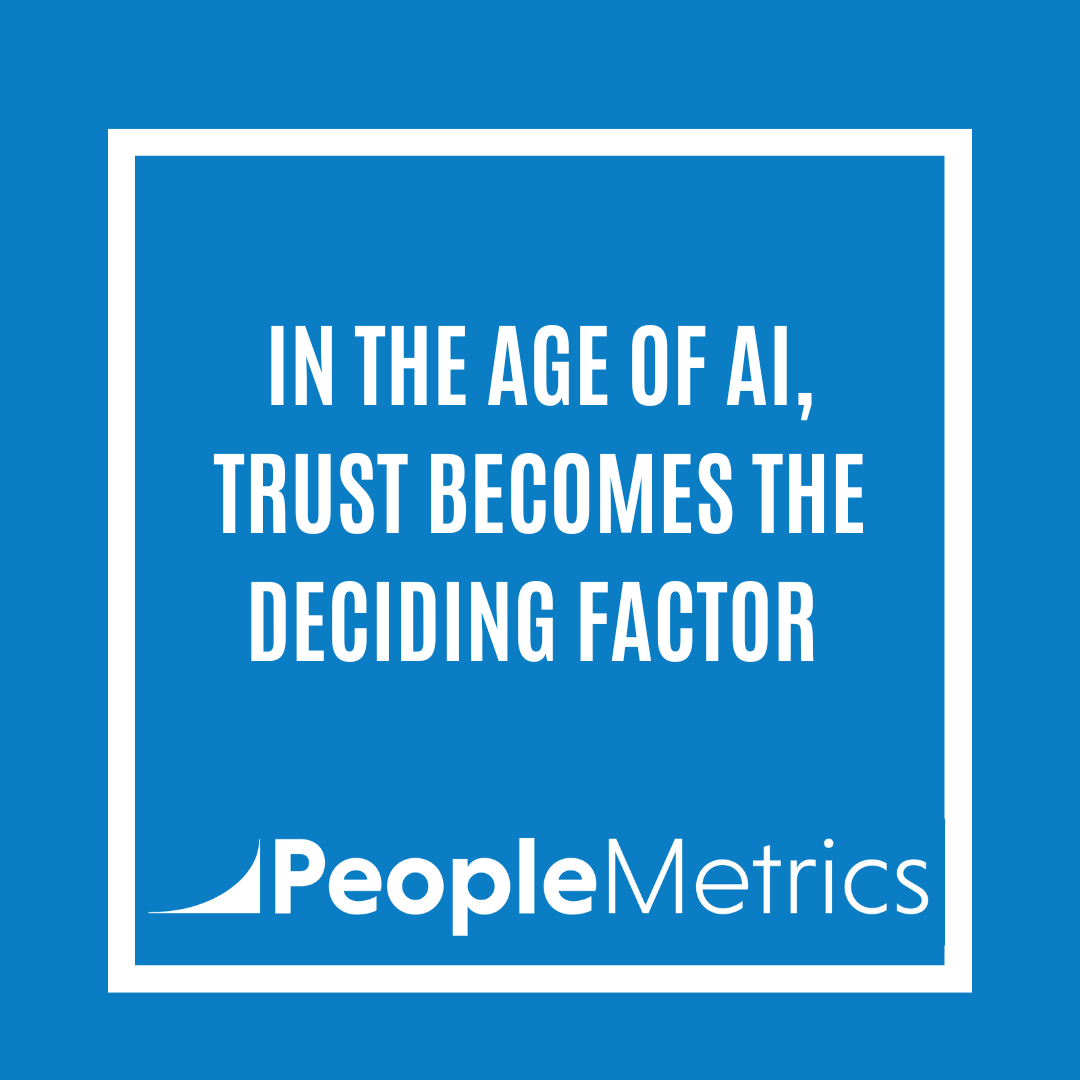 Henry Ford once said, “A business that makes nothing but money is a poor business.” Here at PeopleMetrics, we state that maxim a little differently: A business that focuses on nothing but customer sales will under-perform. That may sound counter-intuitive, but it’s true because your customer doesn’t operate in a vacuum. Consciously or subconsciously, your customer decides how much to spend and whether or not to return to your brand. Our research shows that this decision is often based on the customer’s emotional experience with your employees.
Henry Ford once said, “A business that makes nothing but money is a poor business.” Here at PeopleMetrics, we state that maxim a little differently: A business that focuses on nothing but customer sales will under-perform. That may sound counter-intuitive, but it’s true because your customer doesn’t operate in a vacuum. Consciously or subconsciously, your customer decides how much to spend and whether or not to return to your brand. Our research shows that this decision is often based on the customer’s emotional experience with your employees.
It stands to reason that positive emotional interactions with your employees will cause customers to return. And the opposite is also true: if an employee is poorly trained, or generally apathetic, the customer is unlikely to return. In this way, each of your front-line employees is a spokesperson for your company. They are the “touch points” that influence future customer purchasing decisions. Employees’ passion and enthusiasm rubs off on customers.
But how does one measure such abstract qualities as passion and enthusiasm? At PeopleMetrics, we do what our name implies—we deliver reliable data on the people that make your company go. We define engagement according to four metrics:
-
Retention: How long will this customer/employee continue to do business with or work for your company? Engaged employees and customers stick around.
-
Effort: Engaged customers go out of their way to do business with you. Engaged employees go out of their way at work—they put in the extra effort that keeps customers coming back for more.
-
Advocacy: Engaged customers advocate for your brand; they recommend it to friends, family, and colleagues. Engaged employees do the same—but they also recommend your workplace to other potential employees.
-
Passion: Engaged customers and engaged employees are passionate about your brand. They are so passionate that they may spend free time promoting your company. On the other hand, if someone speaks negatively about your brand, passionate, engaged employees and customers will stick up for your good name.
Based on these four metrics, we have developed a core set of survey questions to measure, track, and increase customer engagement and employee engagement.
Although some companies focus solely on Customer Engagement, we encourage organizations to understand employees engagement too. This is because we know that Employee Engagement directly impacts Customer Engagement. Your employees’ engagement directly impacts sales. If you increase employee engagement, you will almost certainly see a corresponding rise in Customer Engagement—along with higher profitability and ROI. So, why do we measure both customer engagement and employee engagement? Because the two are intrinsically linked.
~Monica Nolan, Account Manager
Topics: Employee Experience, Customer Experience





